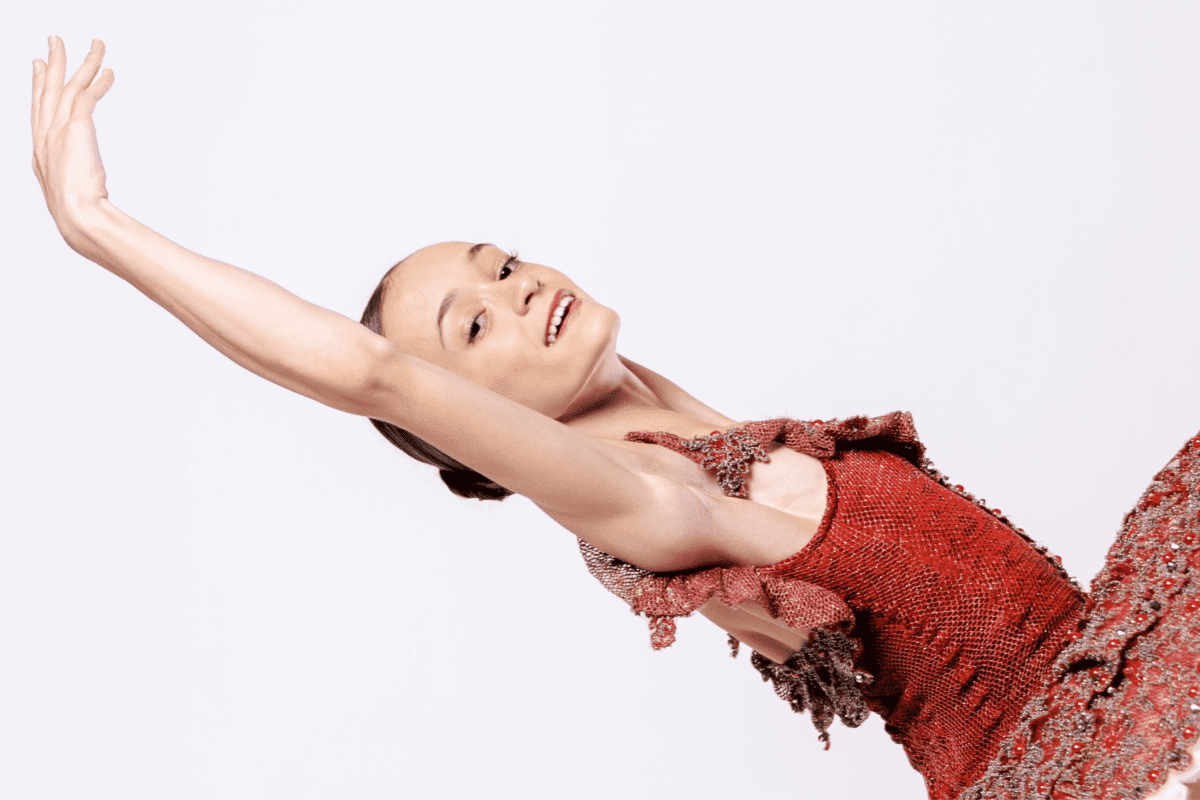08 Aug 2017
“The repertoire in every company is so varied now and you have to be able to switch from one to the other and you hope that students (…) learn how to do that” – Shelly Power, Artistic Director and CEO of the Prix de Lausanne.
Educating students to become as versatile as possible is one of the most important elements the competition provides. In addition to the emphasis on classical work, contemporary skills are becoming increasingly vital for the jury members to see as well. More specifically, Power said that candidates now also need to learn organic work, floor work, and some neo-classical work, which explains the reason for incorporating Lifetime Achievement awarded choreographer John Neumeier´s works and international choreographer Didy Veldman´s contemporary modern class.
Neumeier ´s variations provided dancers with the opportunity to practice contemporary and organic movement, which many students do not have the privilege of experiencing. He “embodies the values of the founders by reaching those potential goals within each of us and developing them”, Power said. She explained why she chose his variations for the competition by stating: “I felt that there was a strong variety (…), his variations really represented different styles that might be unique to each student and what might show the best of themselves and that is what we are always looking to do”.
Today, the expectations of dancers are very different compared to before. Overwhelmed by the demands sometimes, I honestly think I would have been more successful if I was practicing the art form 20 years ago. How reassuring to only have to focus on one or two approaches! In a Daily Dance Discussion, Ballet Director, Main Choreographer of Ballet Nuremberg, and this year´s jury member, Goyo Montero, also shared how challenging the dance scene has become compared to when he was a dancer. There has been a total shift since his time because classical and contemporary works were not combined as today. Discussing how one has to be ready for both now, he laughed and said: “I would have been out!” Montero was not even required to have contemporary skills to get a job; he was able to pick up the different approaches by working with them, which I think allows for time to digest and gradually embody unfamiliar movement in a mature way. Even though he thinks it is great that schools offer more variety in training today, the quick process to achieve elements in dance has created a sense of never being satisfied, getting fed up, and moving to the next task. Dancers are asked to do everything so quick, which requires such psychological stamina. I agree and coincidently enough have in the past few months asked myself and other practitioners in the field: are you able to maintain a persistent mindset and openness to the unknown in dance and the increasing skills required?



